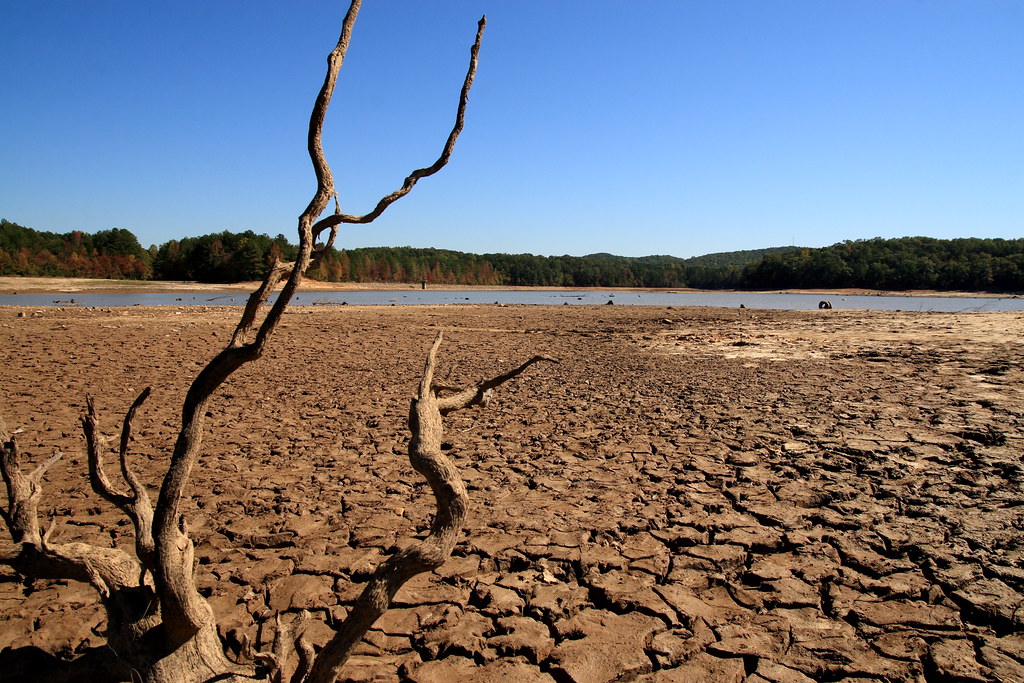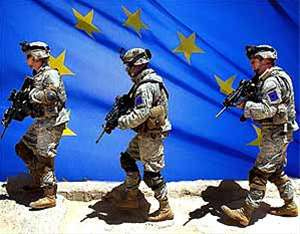When one is asked to conceptualize security, armed conflict most likely comes to mind. Hitler, Bin Laden, Putin, and Kim Jong Un are epitomical faces of past and current security threats. Perhaps in light of the COVID-19 Pandemic, health security will increase in importance in the global public mindset, as will cyber security due to increasing cyber threats to celebrities and elections. Yet rarely is one of the gravest security threats, climate change, associated with security, despite presenting an existential threat to our physical and social society, not unlike nuclear war or a global pandemic. This article does not intend to discredit other forms of security. Rather, its purpose is to provide the reader with an understanding of the importance of climate security in the broader security discourse.
The reasons for the need for the mainstreaming of climate change security, defined loosely as the efforts needed to prevent the negative human and economic impacts, are plenty. To start, there is an intrinsic relationship between climate change and physical armed conflict. Sea level rise and droughts will increase the incidence of uncontrolled migration, creating overcrowded cities which act as potential hotbeds for conflict. As an example, there is evidence that a severe drought preceding the Arab Spring catalyzed the Syrian Civil War. Further, food insecurity resulting from irregular rainfall, droughts, and the inability for cash crops to grow in warmer temperatures, will have devastating direct and indirect economic consequences, which can easily turn into violence.
Like the costs of armed conflict, quantifying the human and economic damages from climate change is complex and partially hypothetical. Yet, valuable insights can be gained by analyzing the estimated costs of climate change and comparing them with the costs of physical security. For instance, Canada’s defense budget is estimated to be CAD 21.9 billion for 2019 – 2020, while the Canadian government spent CAD 18 billion from 2001 – 2014 in Afghanistan. In comparison, the direct and indirect costs of the 2016 Fort McMurray wildfire, intensified by higher global temperatures, was nearly CAD 9 billion. By 2050, conservative estimates put the damage from climate change to the Canadian economy at CAD 21 billion. These statistics, like this article, does not imply that funding should simply shift from physical security to climate security. Instead, it indicates the need for a revised conception of security.
Finally, in addition to the damages posted by climate change, militaries themselves are a significant contributor to global warming. For instance, the US military has produced 1.2 billion metric tons of greenhouse gasses since 2001, the equivalent annual emissions of 257 million passenger cars, double the current number of cars on American roads. The US military is the world’s largest consumer of oil, and if it were a country, would be the 47th largest emitter of greenhouse gases in the world, ahead of Peru and Sweden. It is highly likely other militaries are also large emitters of carbon emissions, which further speaks to the need for a linkage between climate change and security.
As the climate changes, it is becoming increasingly clear that it poses a significant threat to security at the international, national, and individual level. Climate change is a threat multiplier on several dimensions, contributing to armed conflict by increasing the severity of droughts, creating grievances and displacing millions. Further, the economic and human costs of climate change, from acute shocks such as wildfires or chronic stresses such as sea level rise, are ostensibly larger than those from armed conflict. Finally, militaries globally contribute to the climate crisis by emitting immense amounts of greenhouse gases. The aforementioned points signify the need for climate and security policies to be considered in a broader discussion, as the connections are too large to be ignored.
Cover Image: “Drought” (2007), by Global Water Partnership via Flickr. Licensed under CC BY-NC-SA 2.0
Disclaimer: Any views or opinions expressed in articles are solely those of the authors and do not necessarily represent the views of the NATO Association of Canada.




